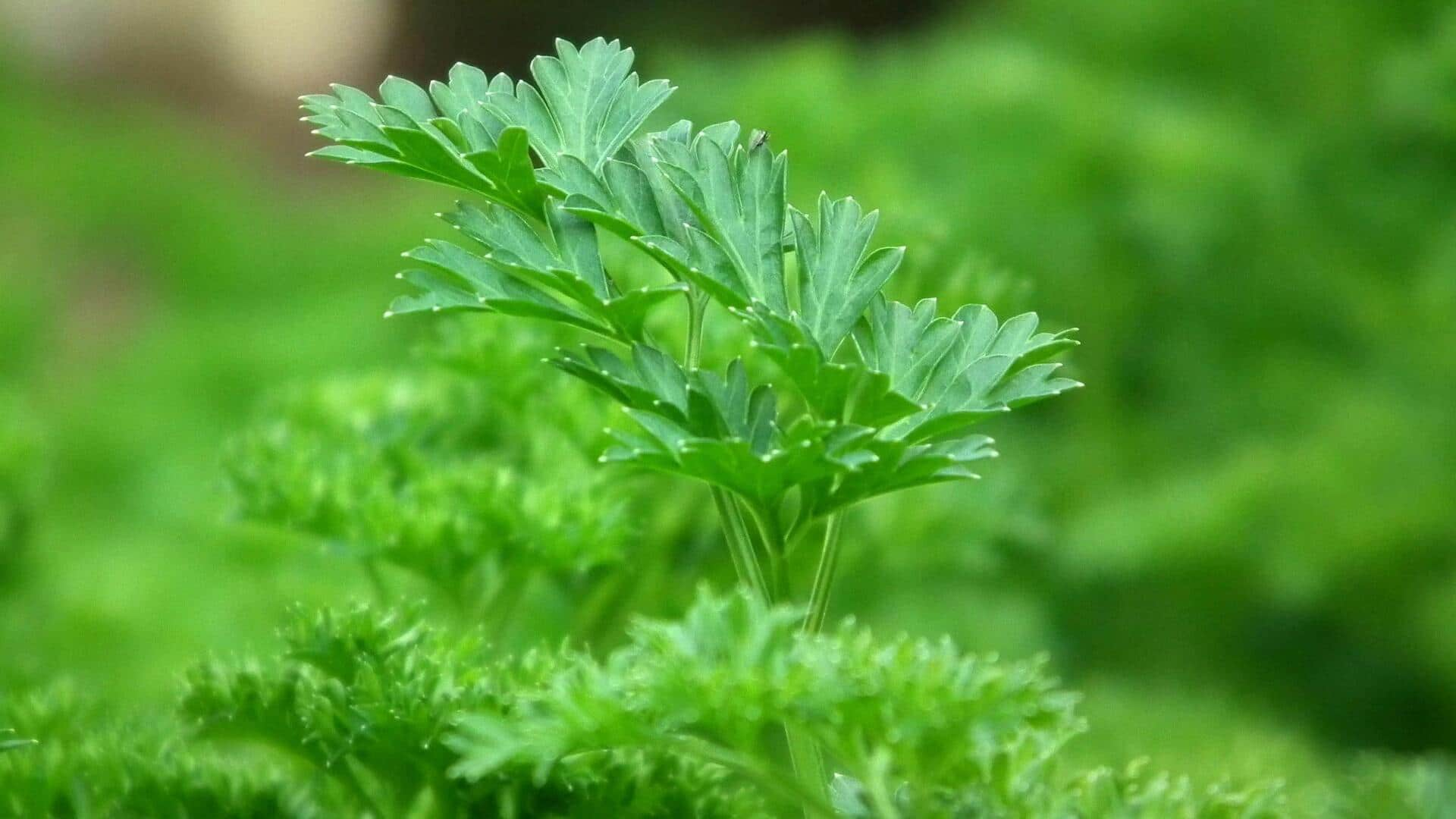
Grow lush parsley indoors or outdoors with these easy steps
What's the story
Growing parsley in pots is an easy way to add fresh herbs to your kitchen. This versatile plant can be grown indoors or outdoors, making it perfect for those with limited space. With the right conditions and care, you can enjoy a steady supply of parsley all year round. Here are some practical tips to help you grow parsley successfully in pots.
Tip 1
Choosing the right pot
Selecting the right pot is essential for growing parsley. Choose a container that is at least six inches deep and has drainage holes to prevent waterlogging. Clay or plastic pots work well, but ensure they are lightweight if you plan to move them around frequently. A larger pot allows more soil, which retains moisture and nutrients better.
Tip 2
Soil and planting essentials
Parsley thrives in well-draining soil with a pH between six and seven. Use a potting mix designed for herbs or vegetables, which usually contains peat moss, perlite, and compost. Sow seeds about half an inch deep and keep the soil consistently moist but not soggy. You can also start with seedlings from a nursery for quicker results.
Tip 3
Watering techniques
Proper watering is key to healthy parsley growth. Water your plants when the top inch of soil feels dry to touch. Avoid overwatering as it can lead to root rot; ensure excess water drains out from the pot's bottom. During hot weather, you may need to increase watering frequency while maintaining even moisture levels.
Tip 4
Providing adequate light
Parsley needs plenty of light to grow well, ideally six hours of sunlight a day. If you're growing it indoors, place your pot near a south-facing window where it can get enough light. If natural light is insufficient, you can use grow lights as an alternative source of illumination.
Tip 5
Fertilizing for growth
To keep your parsley plants healthy and productive, fertilize them every four weeks with a balanced liquid fertilizer diluted to half strength. This ensures the plants receive the necessary nutrients without overwhelming them. Regular fertilization supports optimal growth, making sure your parsley remains vibrant and ready for use in your culinary dishes.